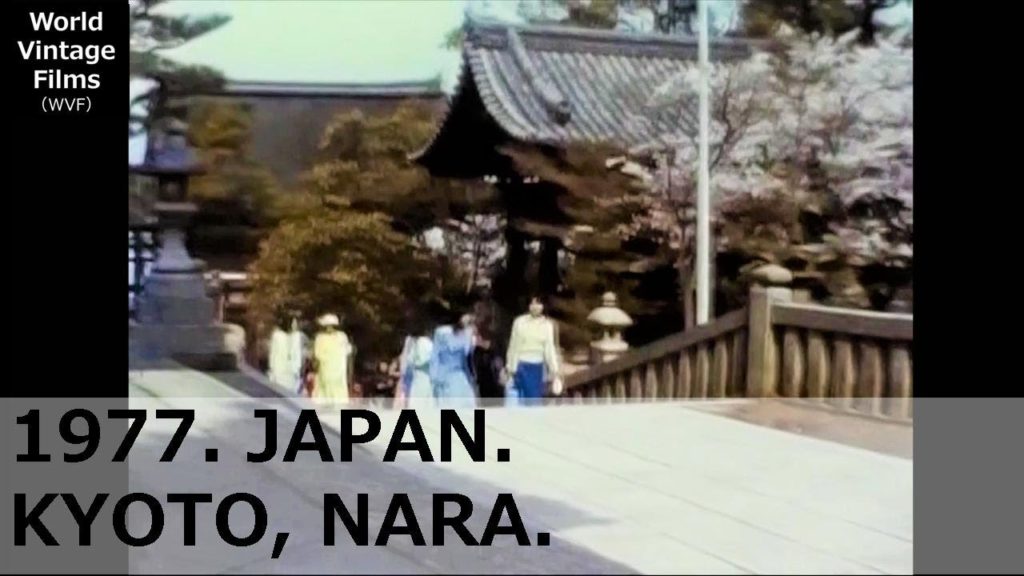Horyuji Temple is the head temple of the Shotoku sect in Horyuji Sannai, Ikaruga-cho, Ikoma-gun, Nara Prefecture. Also known as Ikarugadera and Horyu Gakugakuji. Built in the 7th century, it is a Buddhist facility that conveys the appearance of ancient temples to the present day, and is a temple related to Prince Shotoku. It was founded in 15 years (607) from the “Kamimiya Seitoku Hosou Theory”, which is the statue of Kondo Yakushi Nyorai. It is divided into the Saiin Garan centered on the Kondo and the Five-storied Pagoda and the Toin Garai centered on the Yumeden. The area of the precincts is about 187,000 square meters. Saiin Garan is the oldest existing wooden building group in the world. The buildings of Horyuji Temple, along with Hokiji Temple, were registered as a UNESCO World Heritage Site (cultural heritage) in 1993 as “Buddhist monuments in the Horyuji area”. In addition to buildings, it has many cultural assets such as Buddhist statues from the Asuka and Nara periods and Buddhist crafts.
Toshodaiji is a temple located in Gojo-cho, Nara City, Nara Prefecture. The head temple of Risshu, one of the six sects of Nanto. The principal image is Roshana Buddha, and Kaisan (founder) is a monk Jianzhen from Tang, China. It is a temple where Jianzhen spent his last years, and has many cultural assets, including the Kondo and lecture halls built in the Nara period. In 1998 (Heisei 10), it was registered as a World Heritage Site by UNESCO as part of the cultural assets of the ancient capital Nara.
Heian Shrine is a shrine located in Sakyo Ward, Kyoto City. The old shrines are shrines and shrines. Currently, it is a separate table shrine of the Association of Shinto Shrines. A part of the back of Ouchi at the time of the transfer of capital to Heiankyo was planned as the centerpiece of the National Industrial Exhibition held in Kyoto on April 1, 1895 (Meiji 28) to commemorate the 1100th anniversary of the transfer of capital to Heian. Initially, it was planned that Suzakumon would be located in Senbon Marutamachi, where the back of Ouchi was actually located, but the land acquisition failed and the location was moved to Okazaki, which was a suburb at that time, in 1893 (Meiji 26) 9 A groundbreaking ceremony was held on the 3rd of March. The shrine was reconstructed on a scale of five-eighths of the actual size and completed in 1895 (Meiji 28), imitating the Chodoin, which is the main office behind the Ouchi area of Heiankyo. On March 15, prior to the exposition, it was enshrined as a shrine dedicated to the 50th Emperor Kanmu, the emperor who relocated to Heian. In 1940 (Showa 15), which is the 2600th year of the imperial era, the 121st Emperor Komei, the last emperor to spend in Heiankyo, was added to the deity. At Heian Jingu, the amulets of the four gods that protect Kyoto are awarded.
Yakushiji is the main temple of the Hosso sect in Nishinokyo-cho, Nara City, Nara Prefecture. One of the seven major temples in Nanto. Kaisan is Emperor Tenmu, and the principal image is Yakushi Nyorai. In 1998 (Heisei 10), it was registered as a World Heritage Site by UNESCO as one of the constituent assets of “Historic Monuments of Ancient Nara”. Yakushi-ji Temple was built in the land of Fujiwara-kyo in Asuka in the 9th year of Emperor Tenmu (680), and was relocated to Nishinokyo in the early 8th century after the relocation of Heijo. However, it seems that the temple of Yakushiji in Asuka continued to exist until around the 10th century.
Kiyomizu-dera is the main temple of the Hokuho Sosou sect in Kiyomizu, Higashiyama-ku, Kyoto. The mountain number is Mt. Otowa. Officially called Otowayama Kiyomizu-dera. The principal image is the Eleven-faced Senju Kanzeon Bosatsu. Originally it belonged to the Hosso sect, but now it independently calls itself the Hosso sect. Saigoku 33rd place 16th bill place. Kiyomizu-dera is a temple of the Hosso sect, and along with Koryuji and Kurama-dera, it is one of the few temples in Kyoto that has a history before the relocation of Heiankyo. In addition, along with Ishiyamadera Temple (Otsu City, Shiga Prefecture) and Hase Temple (Sakurai City, Nara Prefecture), it is one of the leading Kannon sacred sites in Japan, and is famous as one of the leading tourist destinations in Kyoto City along with Kaenji Temple (Kinkakuji Temple) and Arashiyama. , many worshipers visit regardless of the season. In addition, many students visit on school trips. It is registered as a UNESCO World Heritage Site as a cultural property of the ancient capital of Kyoto. The sect of Kiyomizu-dera was originally the Hosso sect, and from the middle of the Heian period it was also the Shingon sect. It belonged to the Shingon sect Daigo sect at the beginning of the Meiji era, but returned to the Hosso sect in 1885 (Meiji 18). In 1965 (Showa 40), Ryokei Onishi, who was a priest, established the Kita Hosso sect and became independent from the Hosso sect.
#1970s
#JAPAN
#KYOTO
BGM:MusMus


AloJapan.com